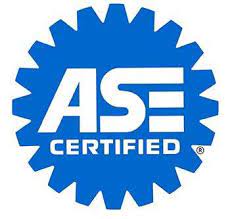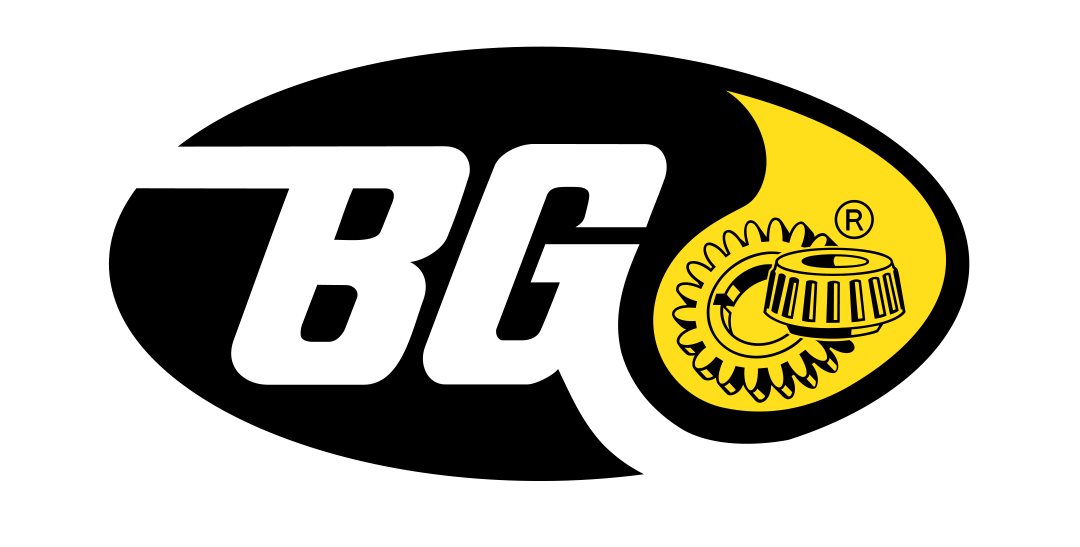State of The Art Vehicle Diagnostics
State of The Art Vehicle Diagnostics
Newer vehicles are manufactured with complex inter-related systems. On-board computers continuously monitor and store information concerning the performance of these systems. A warning light comes on because the computer has sensed a signal from one of the systems or components that has gone outside of its normal operating range. The computer then sends a signal to turn on the light to let you know something is wrong!
Some of the potential causes for a check warning light are not properly tightening your gas cap to engine, transmission or braking system performance issues. While warning lights can go on and the car still appears to be driving “fine”, ignoring some lights can lead to serious issues, such as engine damage or other component failures.
In some instances, this can be a safety hazard. That’s why it is recommended to be safe (give yourself peace of mind) and have your car looked at by a certified professional as soon as possible. To learn more about the different types of warning lights and what you should do when they come on.
Some Issues that Require a Diagnosis in Your Vehicle Are:
- ANY warning lights on the dash that are illuminated (Check Engine Light, ABS, etc.)
- Emissions failures
- Engine or transmission performance
- Noise from the Engine
- Noise from the Suspension
- Vehicle Overheating
- Electrical Component Malfunction (Windows, CD player etc)
- Steering and ride control
- Improper function of AC
All of the parts we install are guaranteed to meet or exceed manufacturer standards, and if you wish, we’ll return all of your old parts to you.
Browse Our Website
Contact Information
Address: 9062 West 1st Street Wellington, CO 80549
Business Hours:
- Mon - Fri
- -
- Sat - Sun
- Closed
Master ASE Certifed








